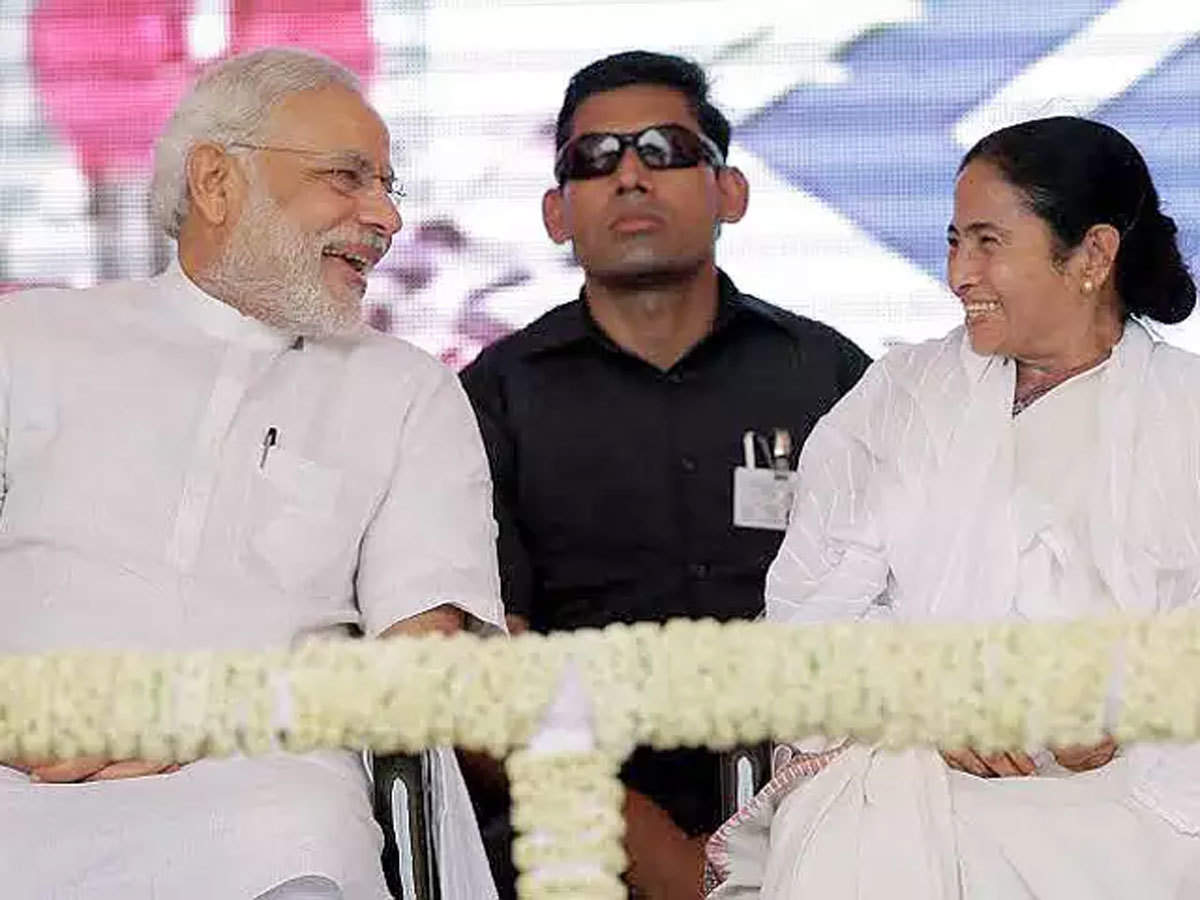North West Bengal
North West Bengal has been the center of identity politics, where separatist forces and demands for separate statehood have been active for decades. It comprises eight districts: Malda, Dakshin Dinajpur, Uttar Dinajpur, Jalpaiguri, Darjeeling, Kalimpong, Alipurduar, and Cooch Behar. Despite its strategic location and availability of resources, North West Bengal has not been as developed as the regions of South West Bengal, and this, according to many scholars, is the reason behind the ethnic mobilization and the separatist tendencies that are active in this region. North West Bengal shares international borders with three South Asian states: Nepal, Bhutan, and Bangladesh. It also acts as a gateway to Northeast India as well as a corridor to China and Southeast Asian countries like Myanmar and Thailand, which highlights its potential to improve the trade and export prospects of West Bengal. Thus, it is imperative that the North West Bengal region be given due attention, and policies of economic revival must focus on exploring the potential of economic development and revenue generation in this region.
Dakshin Dinajpur
Dakshin Dinajpur, or South Dinajpur, is a North West Bengal district with a greater dependency on agriculture and is marked by negligible industrial development. This district is not only plagued by the problems of sloppy industrial growth and a lack of infrastructural facilities but also faces the problem of huge immigration from Bangladesh. This has exacerbated the economic woes of the district by increasing unemployment, poverty, and overpopulation, thereby impeding the economic growth of this region.
Uttar Dinajpur
Uttar Dinajpur, or North Dinajpur, is a district in North West Bengal that has a solid agricultural base but is not very developed industrially. The major reason behind its backwardness is the lack of modern technology, smooth credit, adequate power supply, etc., which is resulting in the poor industrial growth of the district. Thus, the need is to develop and strengthen the industrial infrastructure of the district. The establishment of large-scale industries will not only help increase employment but also lead to the development of ancillary industries, thereby increasing the revenue generation of the district.
Jalpaiguri
Jalpaiguri is a district in North West Bengal that is the second-largest producer of tea in West Bengal. The tea industry is the backbone of Jalpaiguri’s economy. The tea industry, which includes tea processing, tea packaging, etc., provides large-scale employment in the region, thereby supporting the economy of the district. The district also has an oil refinery, and the adjacent areas of Jalpaiguri have also witnessed the growth of medicine factories, cold storage for fruits, and different other factories for electronic goods, etc. However, despite the existence of industries, the economy of the district is essentially agriculture-based. The dominant agricultural products of this district are jute, tobacco, and mustard. The need is to expand and diversify the industrial base of the district.
Coochbehar
Coochbehar is a district of North West Bengal that has witnessed significant growth and development in the last few years. The district has shown the highest growth among the districts of North West Bengal, and several industries have been established in this region, with the Chakchaka industrial park being the heart of the industrial activities in the district.
However, the district has specific issues that need to be addressed to expedite the process of industrial development and growth.
Click Here To Download The Paper


📌Analysis of Bills and Acts
📌 Summary of Reports from Government Agencies
📌 Analysis of Election Manifestos

